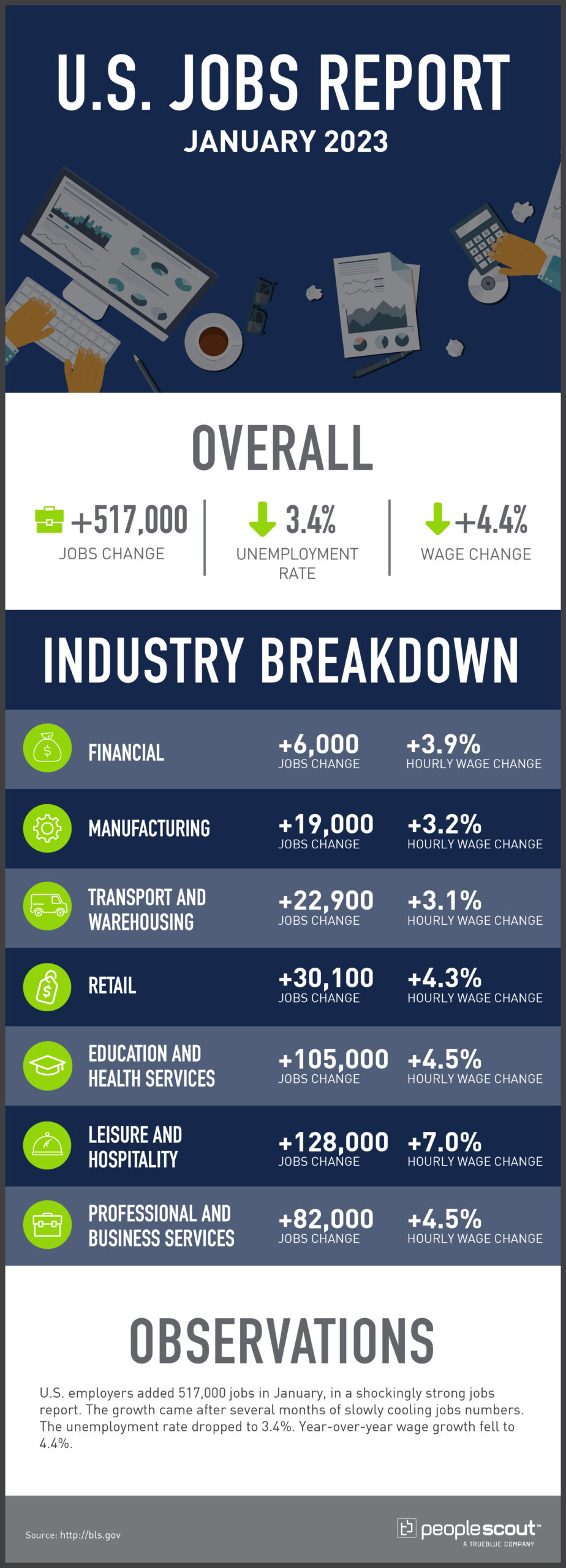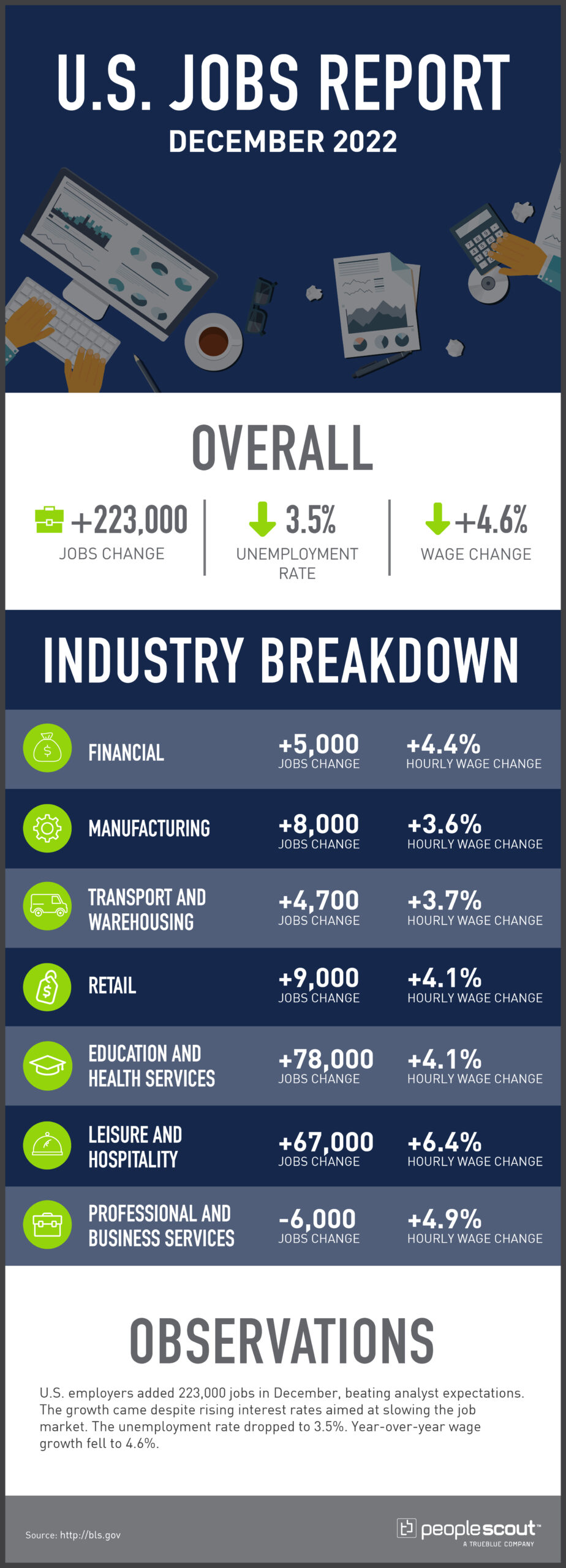
Situation
Quorum, a global software company, had two North American in-house recruiters tackling all of the hiring for their operations outside of the U.S. On top of the challenging talent landscape in the IT sector due to skills shortages, they also needed help navigating recruiting across cultures.
The client needed to streamline their international recruitment with an experienced RPO partner who could engage culturally varied candidates, support business growth and scale up their global talent acquisition program.
Solution
Quorum engaged PeopleScout for a full-cycle multi-country RPO solution, hiring for over 40 role categories across IT and technology, technical support and solutions consultants as well as corporate roles in HR, finance and customer success. The PeopleScout global recruitment delivery centers in Poland and India support over 20 stakeholders in Czech Republic, India, Netherlands, Norway and the UK.
We’ve partnered closely with Quorum’s internal talent acquisition team to ensure we are compliant with company policies. Our specialist IT recruiters have also leveraged the client’s global EVP and employer brand in their candidate outreach on social media including LinkedIn.
Our team regularly consult with the client’s TA leaders to advise on local market challenges, including a growing trend in India of candidates dropping out of the funnel between offer acceptance and start date. To counteract this, our team partnered closely with Quorum during the onboarding stage to keep candidates engaged with improved results.
Results
Through this focused approach to onboarding, PeopleScout has improved the dropout rate, with over two-thirds of candidates moving from the offer stage to starting their new role with Quorum. Plus, we’ve achieved an 87%+ retention rate of new employees after 90 days.
With 73% of candidates submitted invited to interview, Quorum is so pleased with the quality of new talent brought in by PeopleScout, they have asked to expand our partnership to support client’s in-house talent acquisition team with specialist hiring across Malaysia, Australia, Spain and South America.
At a Glance
- COMPANY
Quorum Software - INDUSTRY
Technology - PEOPLESCOUT SOLUTIONS
Recruitment Process Outsourcing - LOCATIONS
Czech Republic, India, Netherlands, Norway and the UK - ABOUT QUORUM
Quorum Software is a leading provider of energy software worldwide. Since 1998, Quorum has helped thousands of energy workers with business workflows that optimize profitability and growth.




